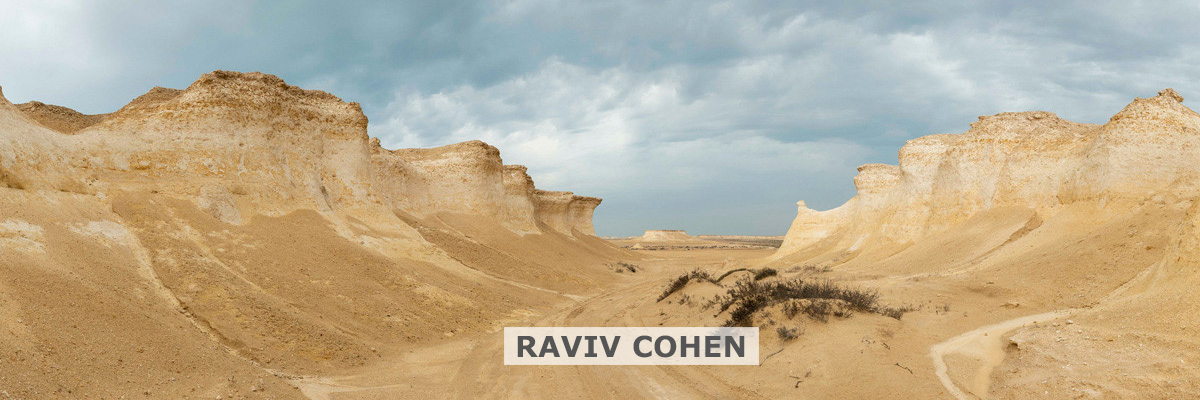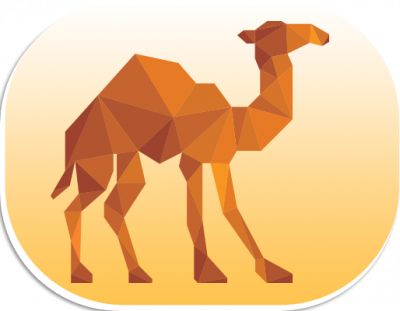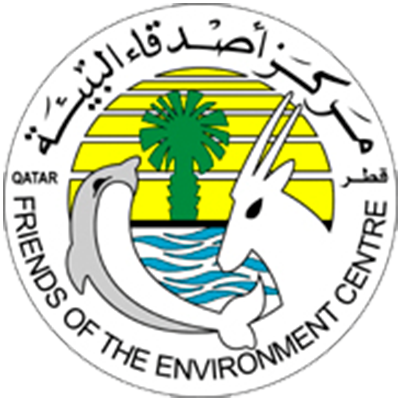
(Jabel)
Qatar, is a shield-carbonate platform type desert, where ancient rocky hills, or jebels in Arabic, are surrounded by sloping erosional plains and aeolian sands. Through geological time, Arabia has experienced many cycles of sea level rise and drop as well as river flooding, inducing climatological conditions from wetness to aridity and back. The many millions of years are in full view on the perpendicular face of jebels, with layers upon layers of different deposits colored white, green, purple, pink and orange. Sometimes, small or isolated hills’ limestone sides are weathered in such way, resembling the white fruiting body of mushrooms with a flat cap and a stalk with its sides sunk in. This type of hill or mesa, is a common feature in Ras Brooq Peninsula.
Depending on the origin of the depositional material, fossilized marine organisms or alluvial (river) smoother pebbles can be observed on their rock face layers or on their top. Jebels are mostly positioned along the Qatar anticline, which separates the country approximately in the middle and runs north to south, or along the Dukhan anticline proximal to the west coast. The highest reported elevation is 103 m in Tuwayyir al Hamir in the south.
The plant community resembles that of rocky desert, comprising the annuals Aizoon canariense, Blepharis ciliaris, Anchusa hispida, Helianthemum lippii and others. Sometimes, although very sparingly, Lycium shawii is observed and Acacia tortilis, Acacia ehrenbergiana, Ziziphus nummularia, and more rarely Prosopis cineraria. On the underside of (hypoliths) or even inside (endoliths) river pebbles on hill tops, lives a very vibrant community of microbes, employing this cryptic lifestyle to avoid the desert extremes, a common adaptation of desert dwellers.
Inside crevices of jebels, resides the imposing Pharaoh Owl Eagle, with its big orange eyes and sharp claws, strong enough to prey on small foxes, another inhabitant of these crevices. Pharaoh Owl Eagles lay eggs and raise their hatchlings there in the winter time. Other organisms that may frequent jebels include the desert hare, insects, and lizards among others.
Threats leading to the loss of rocky hills and their inhabitants may include natural filling of crevices by soil, while off-road driving, climate change phenomena and desertification, may affect the hill tops.
© A. D. Chatziefthimiou
Sources:
Cuttler R, 2013
Sadiq AM and Nasir SJ, 2002
Edgell HS, 2006
Powell JT et al, 2015
Castilla AM et al, 2014
Mohedano I et al, 2014
Leblanc J, 2013







